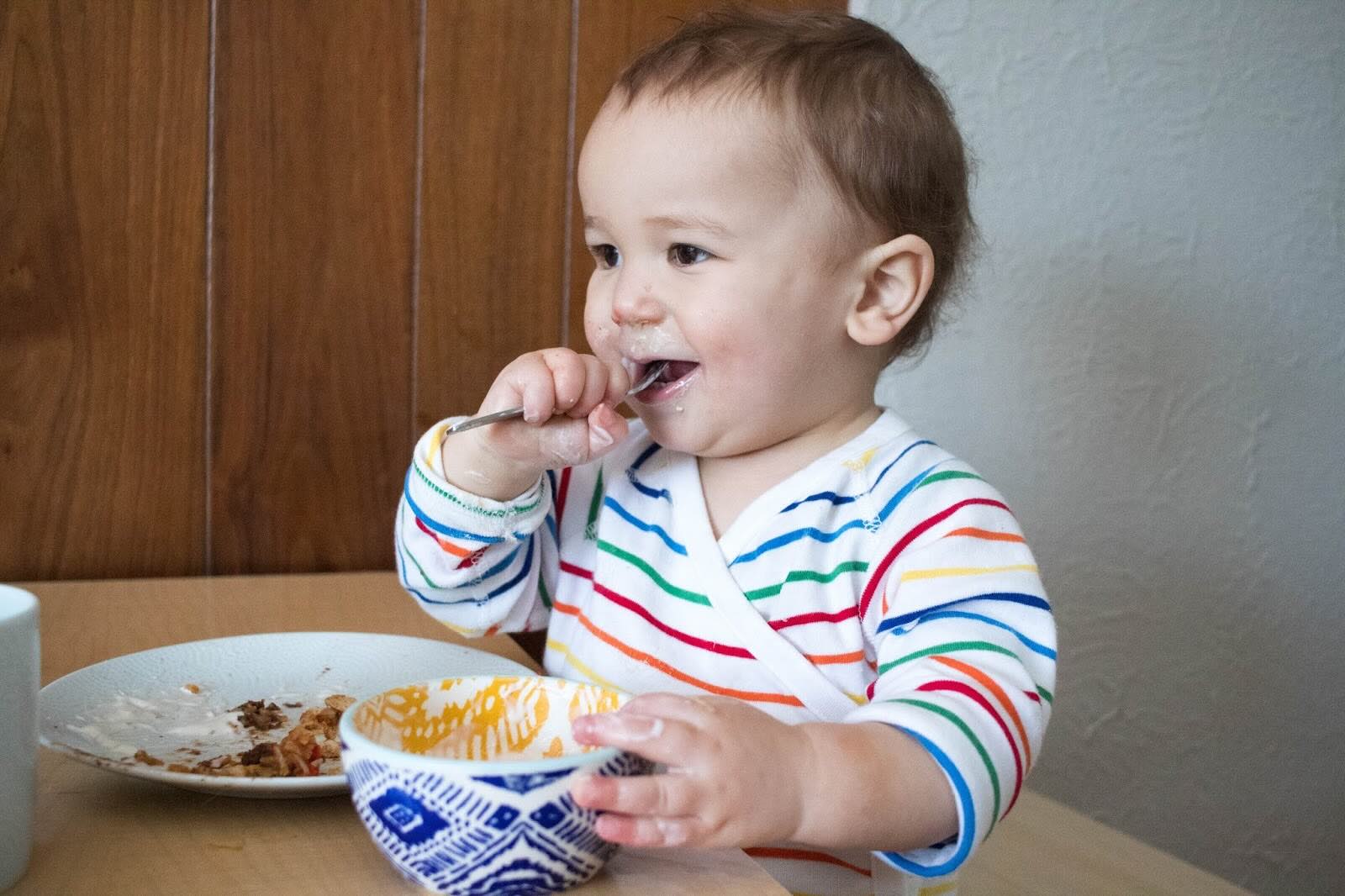

Tableware
When Do Babies Use Silverware
Modified: January 4, 2024
Discover when babies start using silverware and tableware, including helpful tips and milestones to watch out for. Encourage independent feeding and self-confidence.
(Many of the links in this article redirect to a specific reviewed product. Your purchase of these products through affiliate links helps to generate commission for Storables.com, at no extra cost. Learn more)
Introduction
Welcome to the exciting world of tableware! In this article, we will delve into the fascinating journey of how babies progress in their use of silverware. From those adorable first attempts to grasp a spoon to the confident mastery of fork and knife, watching babies develop their tableware skills is a true delight.
As parents, it’s natural to wonder when your little one will be ready to start using silverware. The answer may vary from child to child, as each one develops at their own pace. However, there are some common stages that most babies go through as they learn to use utensils.
Let’s take a closer look at these stages and explore the exciting milestones your baby will reach on their path to becoming a silverware pro. So get ready to embark on this journey together!
Key Takeaways:
- Babies progress from exploring with hands to mastering silverware skills. Encourage their development by providing age-appropriate utensils and foods, and celebrate their achievements along the way.
- Mealtime is a journey of bonding, learning, and independence. Embrace the messiness, provide guidance, and watch your little one become a confident and independent eater with your loving support.
Read more: When Was Silverware First Used
Stage 1: Exploring with hands
During the first few months of a baby’s life, they rely on their hands to explore the world around them. This includes mealtime, where they will often reach out and grab at their food using their fingers. While it may be messy at times, this stage is essential for sensory development and hand-eye coordination.
As a parent, you can encourage your baby’s exploration by providing them with soft and easy-to-handle foods. Cooked fruits and vegetables that are cut into small, manageable pieces are ideal for this stage. Let your little one experience different textures, temperatures, and tastes as they begin to understand the concept of food.
It’s important to remember that during this stage, your baby is not yet ready for silverware. They are still in the process of developing their fine motor skills and hand muscle control. So, sit back, relax, and enjoy watching your baby explore their meals with their adorable little hands.
Keep in mind that this stage is just the beginning, and soon your baby will be ready to move on to the next exciting phase of using utensils.
Stage 2: Introduction to utensils
As your baby grows and becomes more curious, they will start showing interest in the silverware you use during mealtime. This is the perfect opportunity to introduce them to their very own set of baby-friendly utensils.
When selecting utensils for your little one, look for options that are specifically designed for babies, with soft and rounded edges. These utensils are typically made from non-toxic materials, such as BPA-free plastic or stainless steel, ensuring the utmost safety for your child.
At first, your baby may simply hold and play with the utensils, exploring their shape and texture. This is an important part of their learning process, as they become familiar with how the utensils feel in their hands.
As parents, you can gently guide your baby by demonstrating how to hold the utensils correctly. Show them how to grasp the handle and guide the utensil towards their mouth. It’s normal for them to need some assistance in the beginning, so be patient and provide them with plenty of encouragement.
During this stage, you can start incorporating the utensils into your baby’s mealtime routine. Offer them small, bite-sized pieces of food that are easy to scoop or stab with a spoon or fork. While it may be messy at first, this is a wonderful opportunity for your baby to practice their hand-eye coordination and refine their motor skills.
Remember to make mealtime a fun and enjoyable experience. Sit together at the table, engage in conversation, and celebrate your baby’s efforts. With time and practice, they will become more confident in their ability to use utensils and move on to the next stage of independent feeding.
Babies typically start using silverware around 12-18 months old. Start with soft, easy-to-grasp utensils and let them practice with finger foods to develop their fine motor skills.
Stage 3: Independent use of silverware
As your baby continues to grow and develop, they will gradually become more independent in their use of silverware. This stage is an exciting milestone, as your little one starts to take control of their own feeding process.
During this stage, your baby will demonstrate a greater understanding of how to use a spoon or fork. They will confidently hold the utensil, scoop or stab their food, and bring it to their mouth with minimal assistance. It is important to continue providing guidance and support as they refine their skills.
Encourage your child by offering them a variety of foods that are easy to handle and perfect for practicing their silverware skills. Soft fruits, cooked vegetables, and small pasta shapes are great options. As your baby gains more control, you can gradually introduce foods that require more dexterity, such as rice or smaller pieces of meat.
During this stage, it’s important to be patient and allow your baby to explore, experiment, and make a mess. Remember that mealtime is not just about nourishment, but also about learning and experiencing different tastes and textures.
As parents, you can continue to model proper silverware use. Sit down with your baby and eat together, showing them how to enjoy a meal using utensils. Provide positive reinforcement and celebrate their progress, no matter how small. This will boost their confidence and motivate them to continue developing their silverware skills.
Keep in mind that every child develops at their own pace, so be patient and provide ongoing support as your baby becomes more independent in their use of silverware. With time, practice, and your loving encouragement, they will soon be ready to conquer the final stage of mastering silverware skills.
Stage 4: Mastering silverware skills
Congratulations! You and your little one have reached the final stage of mastering silverware skills. This stage marks a significant milestone in your baby’s development, as they become proficient in using utensils and feeding themselves independently.
By this point, your child should have a good grasp of holding utensils and be able to effectively scoop, stab, and navigate their way through a meal. They will demonstrate increased coordination and control, making mealtime a much less messy affair.
During this stage, you can introduce more challenging foods that require more advanced silverware skills. Encourage your child to use a knife to cut soft foods, like bananas or tofu, into bite-sized pieces. This will further refine their fine motor skills and hand-eye coordination.
As your child becomes more proficient in using silverware, you can gradually transition from baby-sized utensils to child-sized ones. These utensils are designed to fit their growing hands and promote greater independence.
During this stage, mealtime becomes an opportunity for your child to exercise their autonomy and make independent food choices. Encourage them to participate in meal planning and preparation, such as selecting their favorite foods and helping to set the table.
Continue to provide positive reinforcement and praise your child’s efforts. Celebrate their accomplishments and acknowledge their growing independence. This will boost their self-esteem and further motivate them to excel in their silverware skills.
Remember that mastering silverware skills is a gradual process that requires patience and practice. Some meals may still be messier than others, and that’s completely normal. Embrace the journey and enjoy watching your child develop into a confident and independent eater.
With your loving guidance and support, your little one will soon become a pro at using silverware, ready to tackle any meal with ease and grace.
Read more: When Do Babies Use Bath Toys
Conclusion
Watching your baby progress through the stages of using silverware is a truly remarkable experience. From exploring with their hands to mastering the use of utensils, each milestone represents a significant step in their development and independence.
Remember that every child develops at their own pace, so it’s important to be patient and provide support and encouragement throughout their journey. Celebrate their achievements, no matter how small, and embrace the messiness that comes with learning and exploring food.
Mealtime is not just about nourishment, but also a time for bonding and learning. Make it a positive and enjoyable experience by sitting down together as a family, engaging in conversation, and modeling proper silverware use.
As your child gains confidence and independence in using silverware, allow them to take charge of their own feeding process. Offer a variety of age-appropriate foods and continue to challenge and support their developing skills.
Through patience, practice, and your unwavering support, your little one will soon be a master of silverware, ready to tackle any meal with confidence and skill.
So embrace this exciting journey, celebrate the milestones, and enjoy watching your baby grow into a capable and independent eater. Before you know it, they’ll be asking for seconds with a fork in hand!
Frequently Asked Questions about When Do Babies Use Silverware
Was this page helpful?
At Storables.com, we guarantee accurate and reliable information. Our content, validated by Expert Board Contributors, is crafted following stringent Editorial Policies. We're committed to providing you with well-researched, expert-backed insights for all your informational needs.
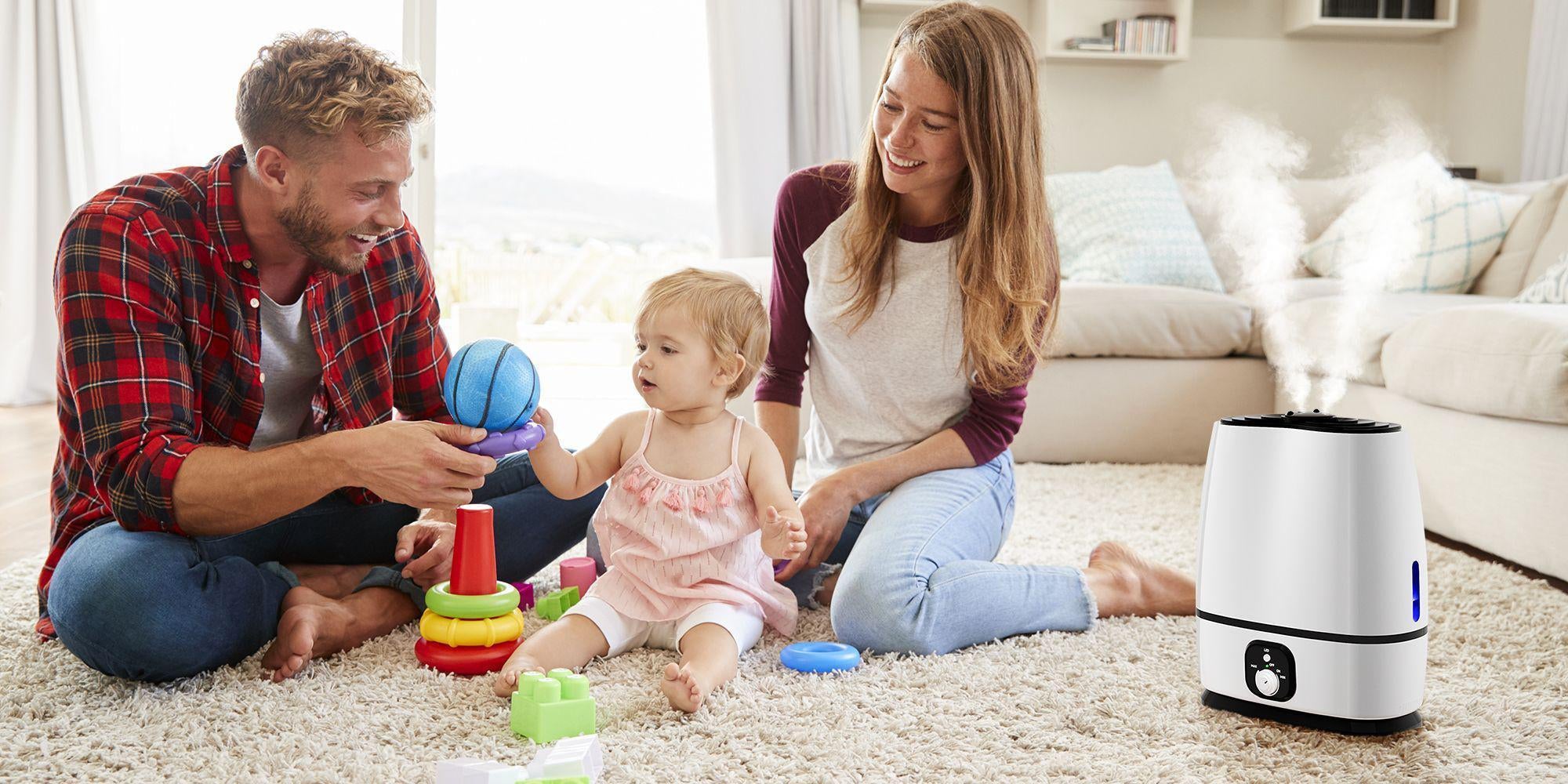

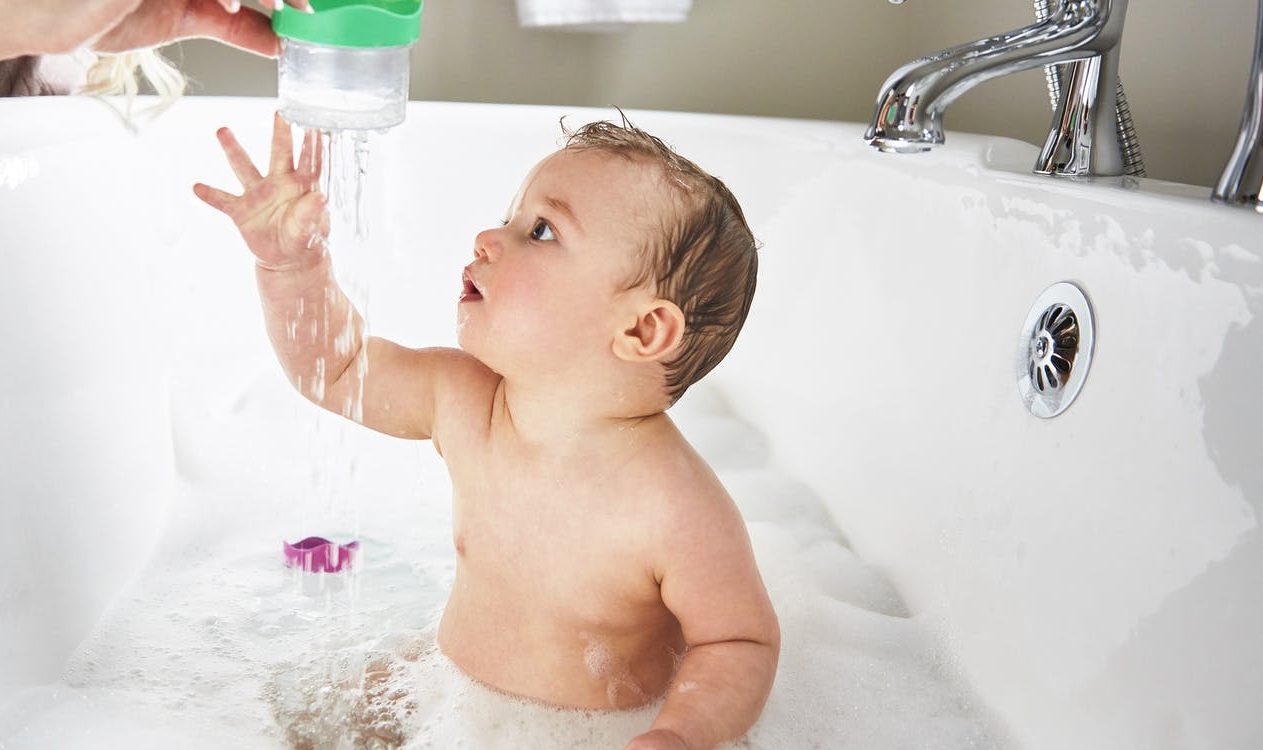
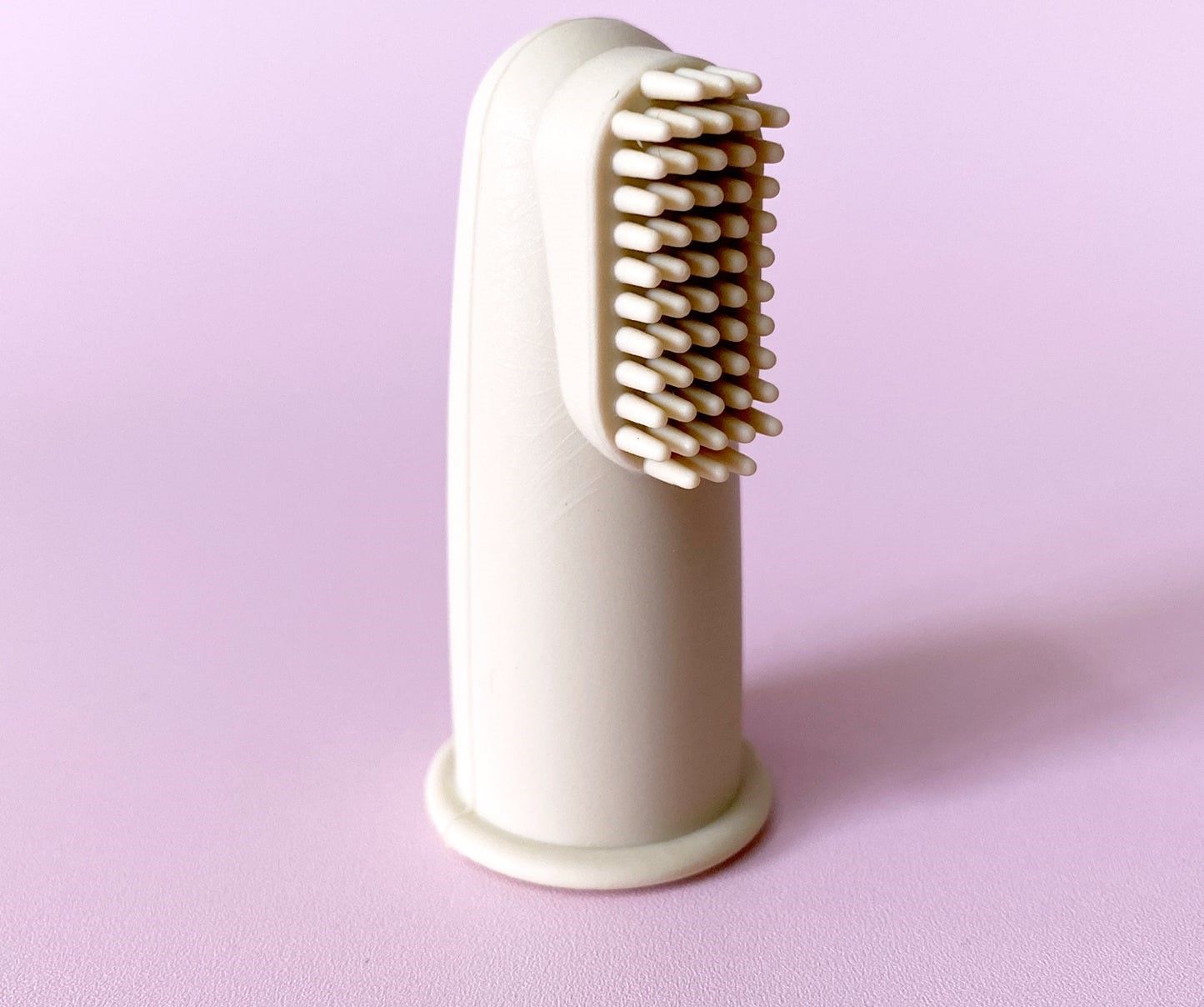
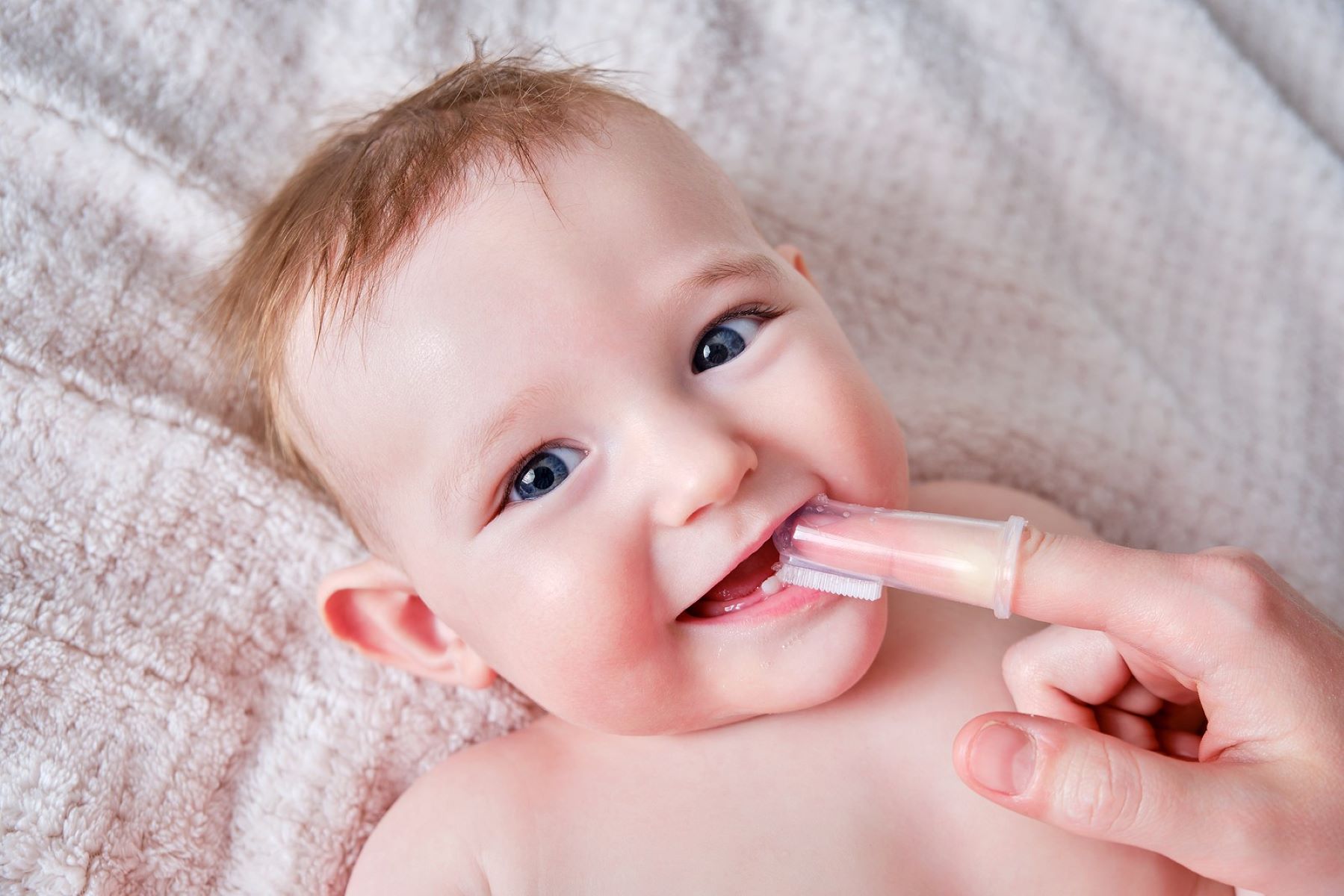

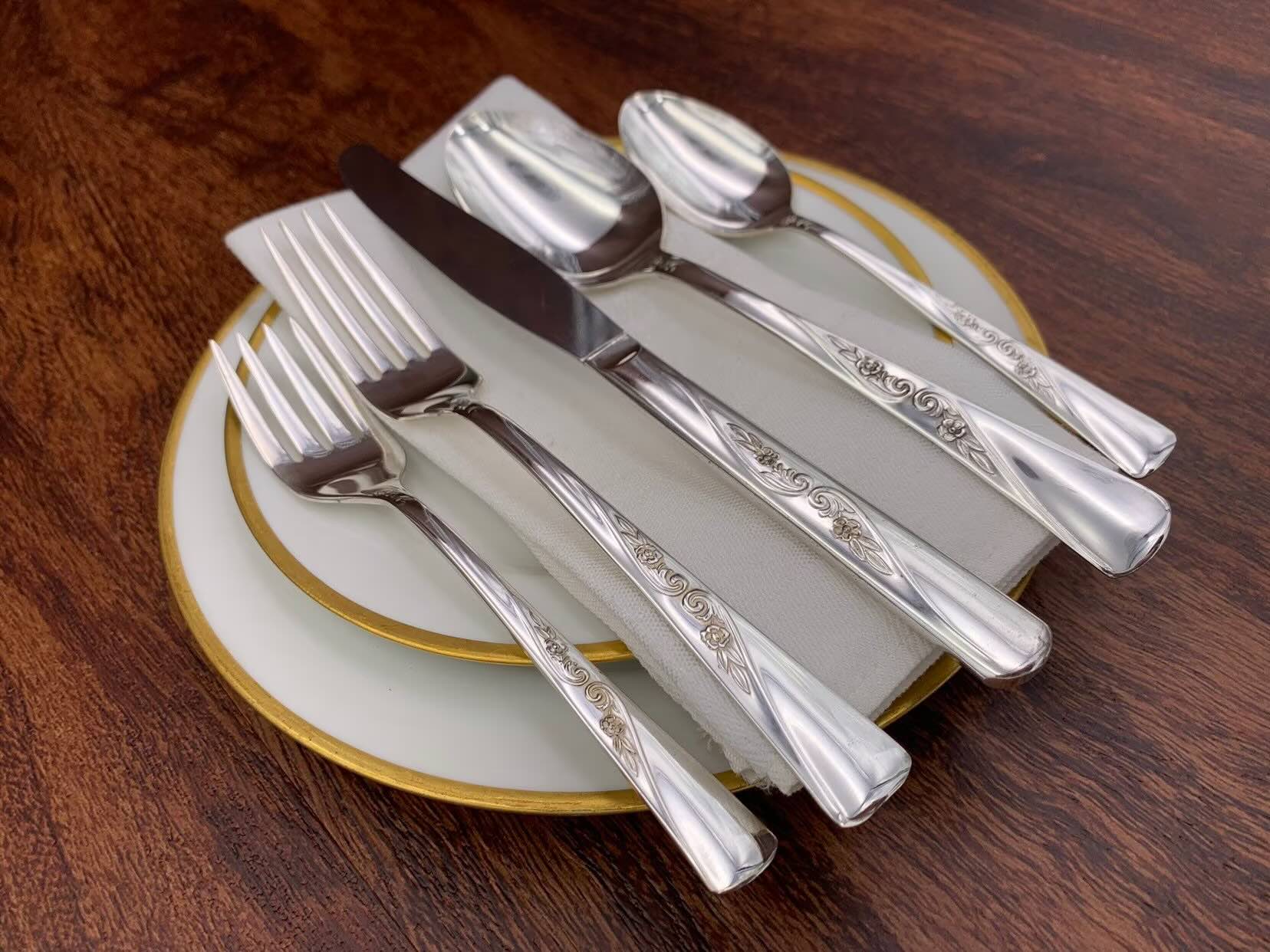
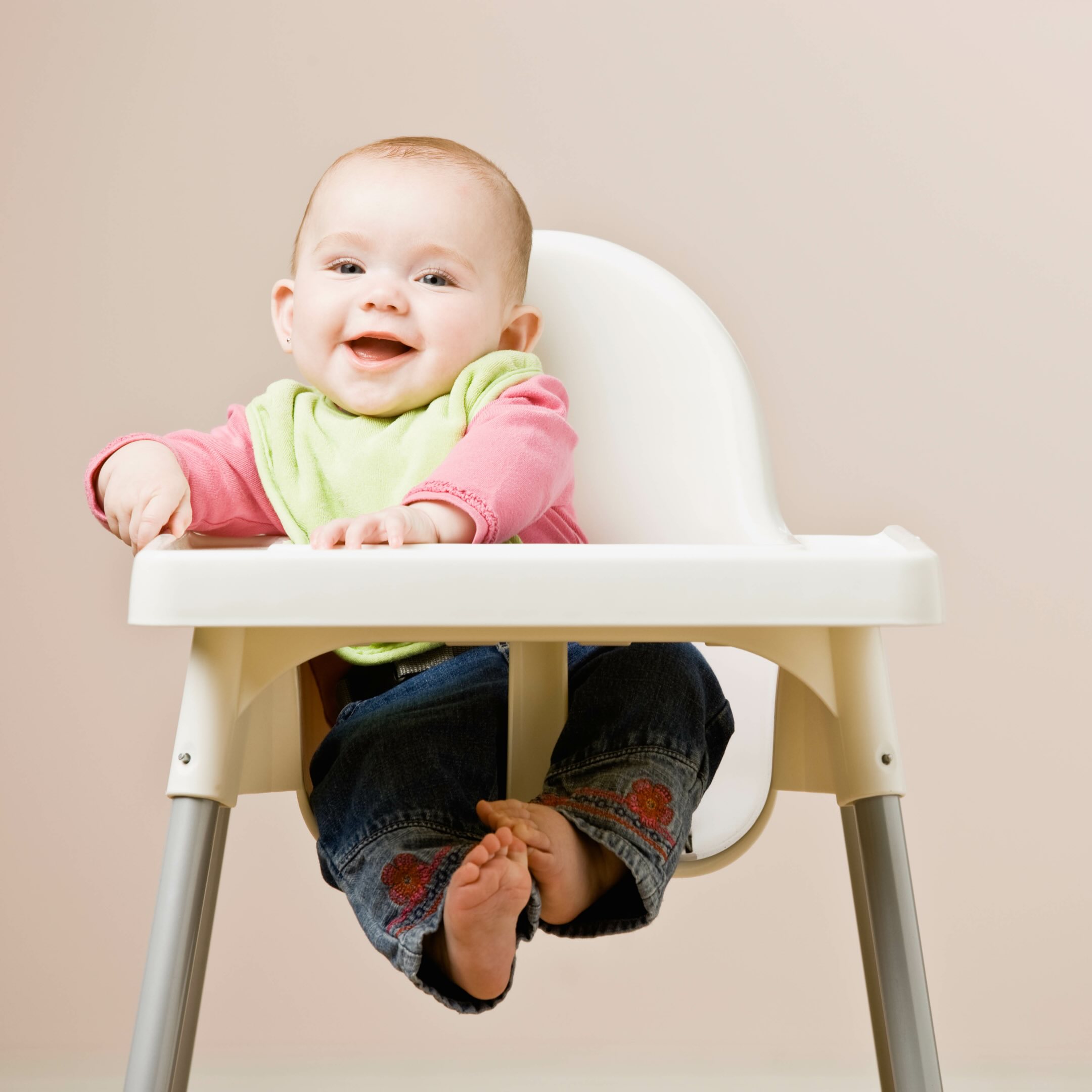
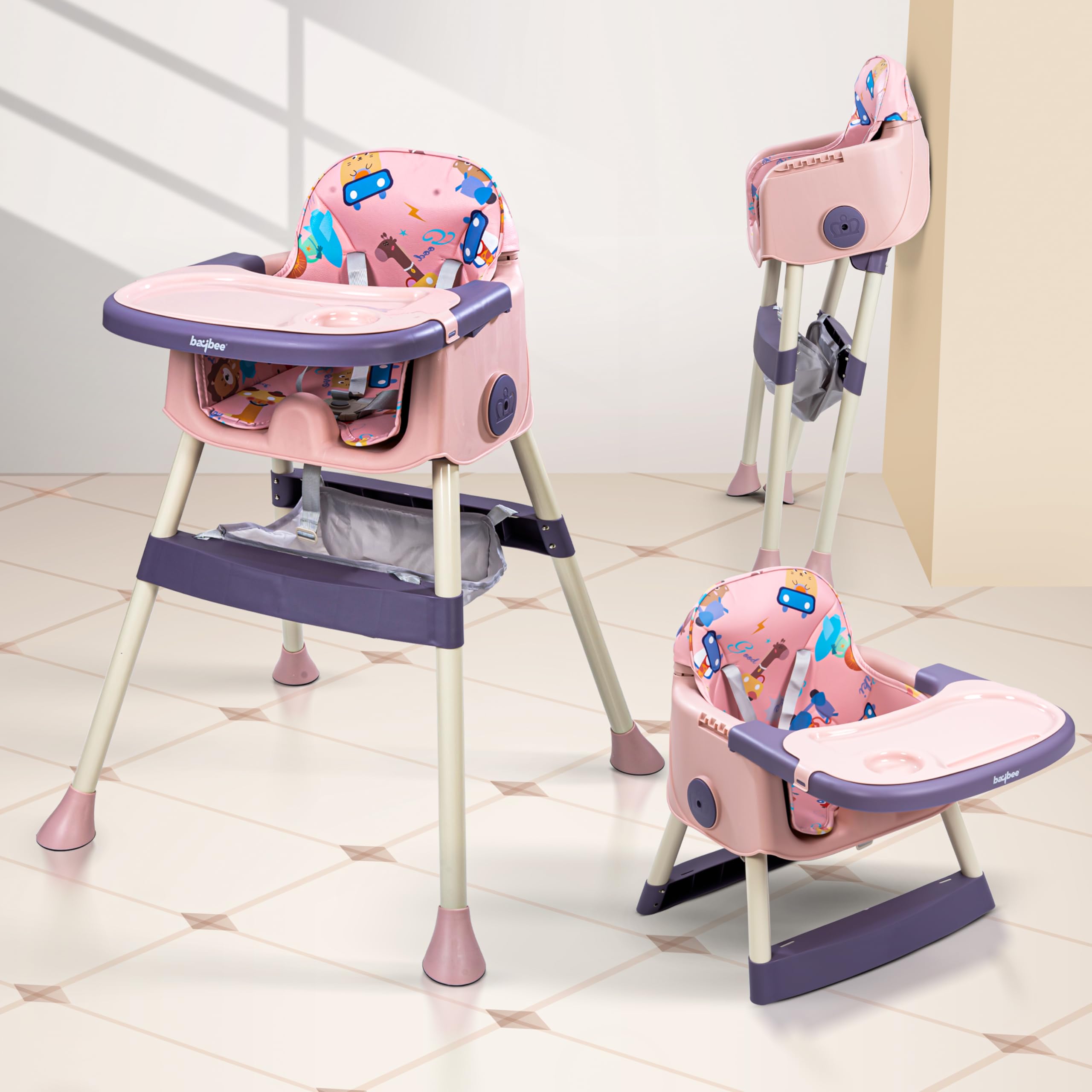
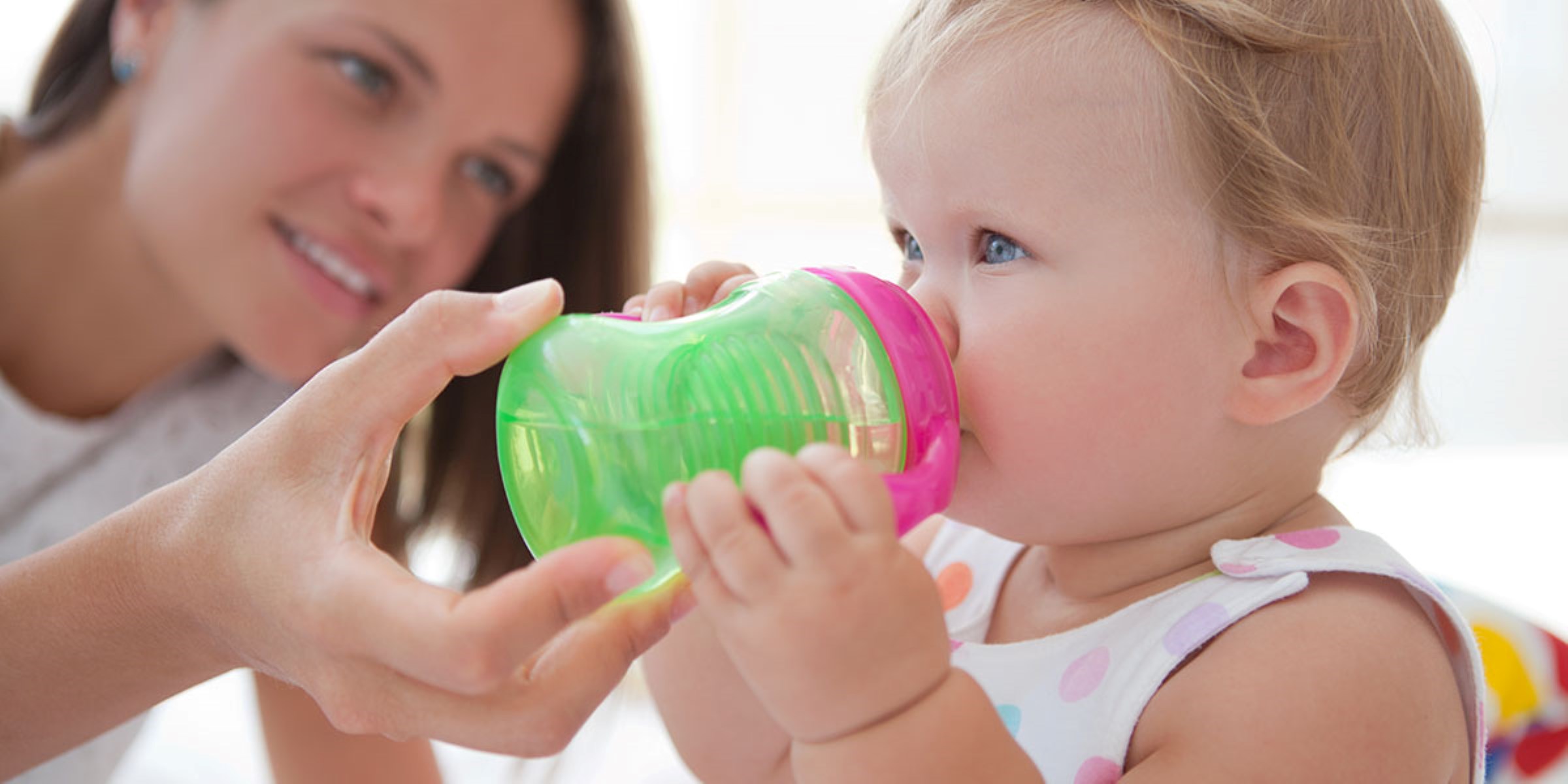
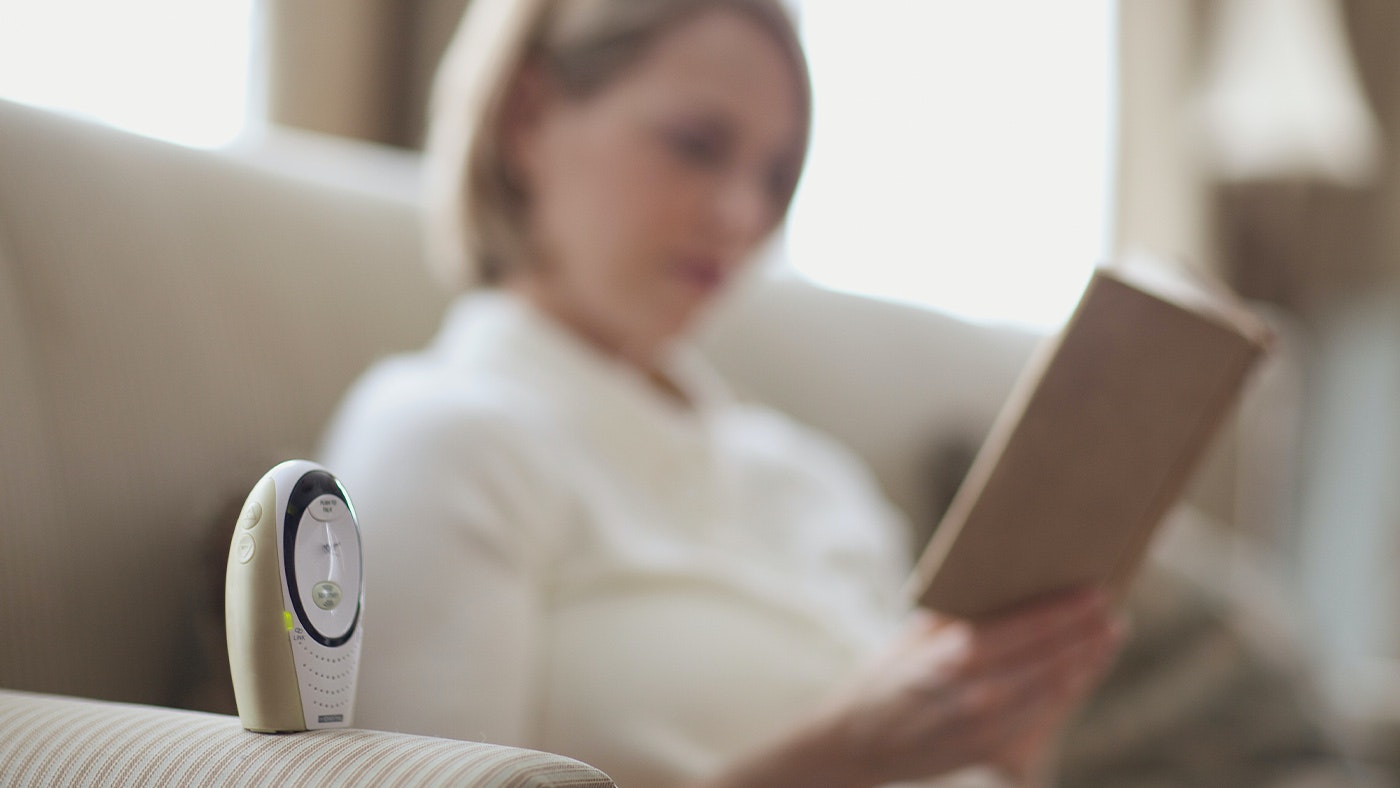
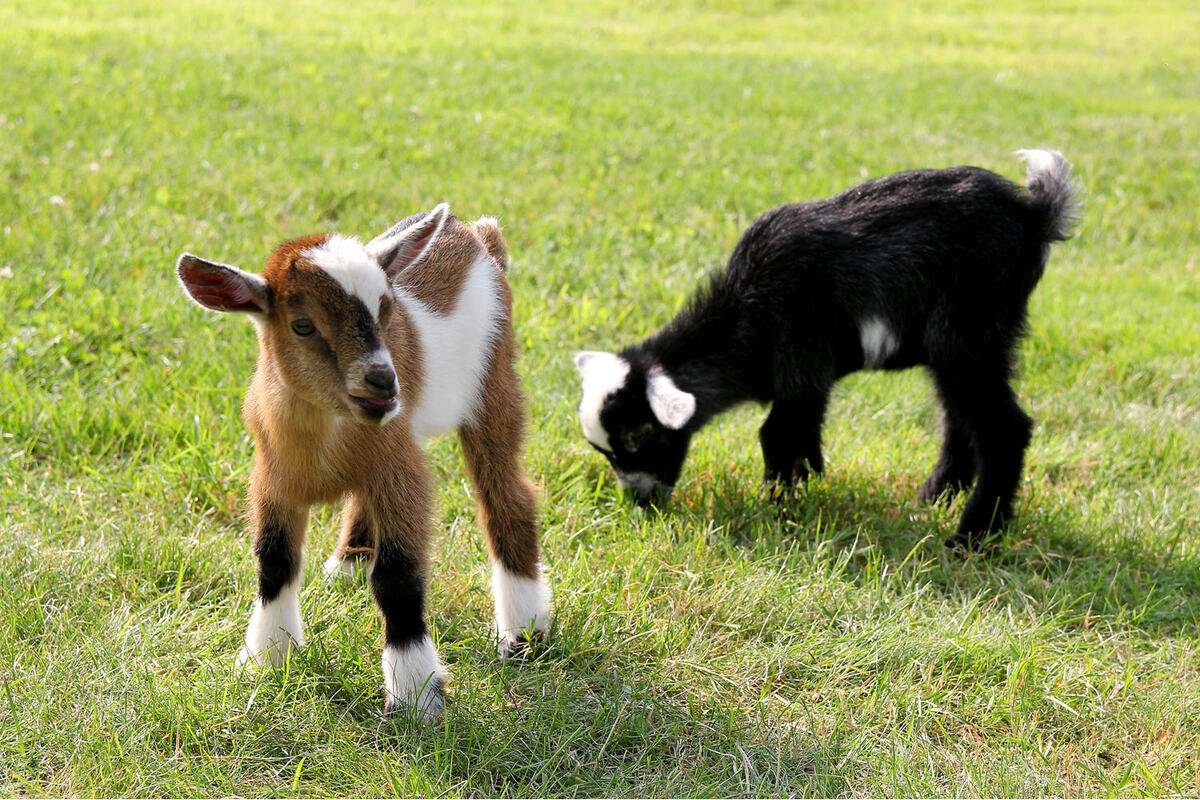
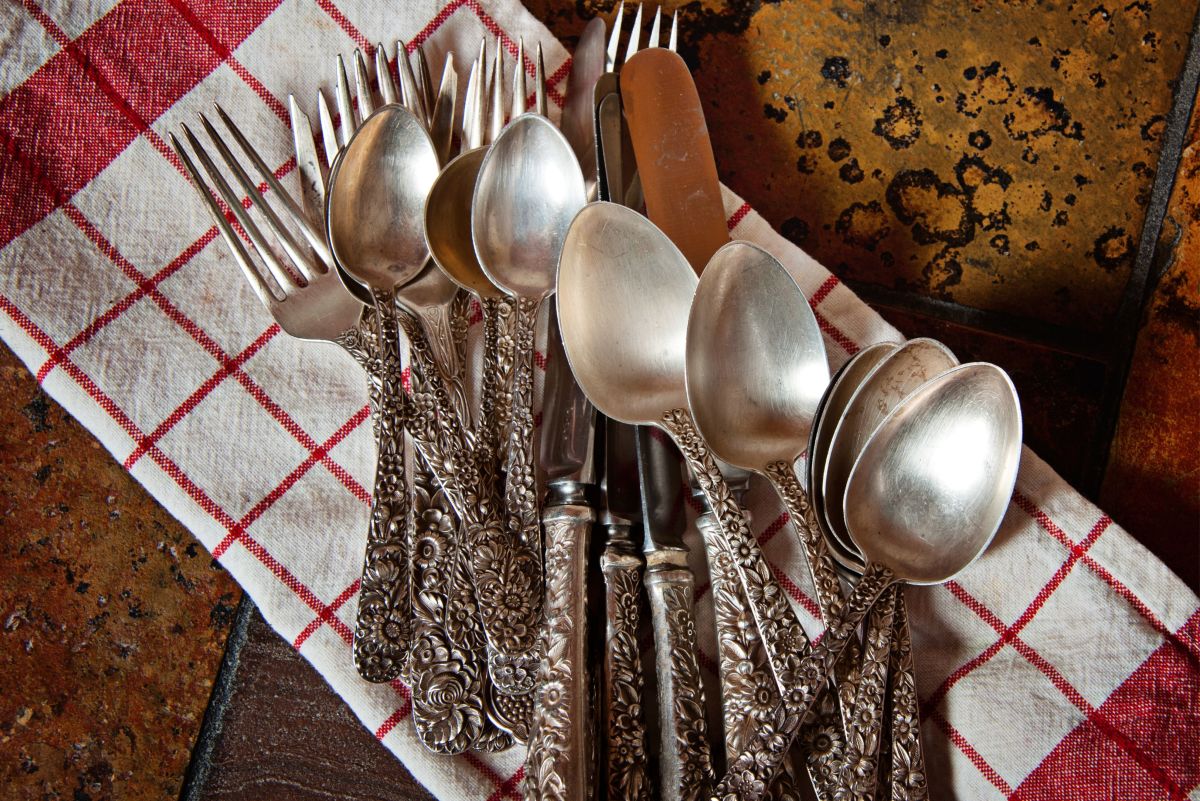
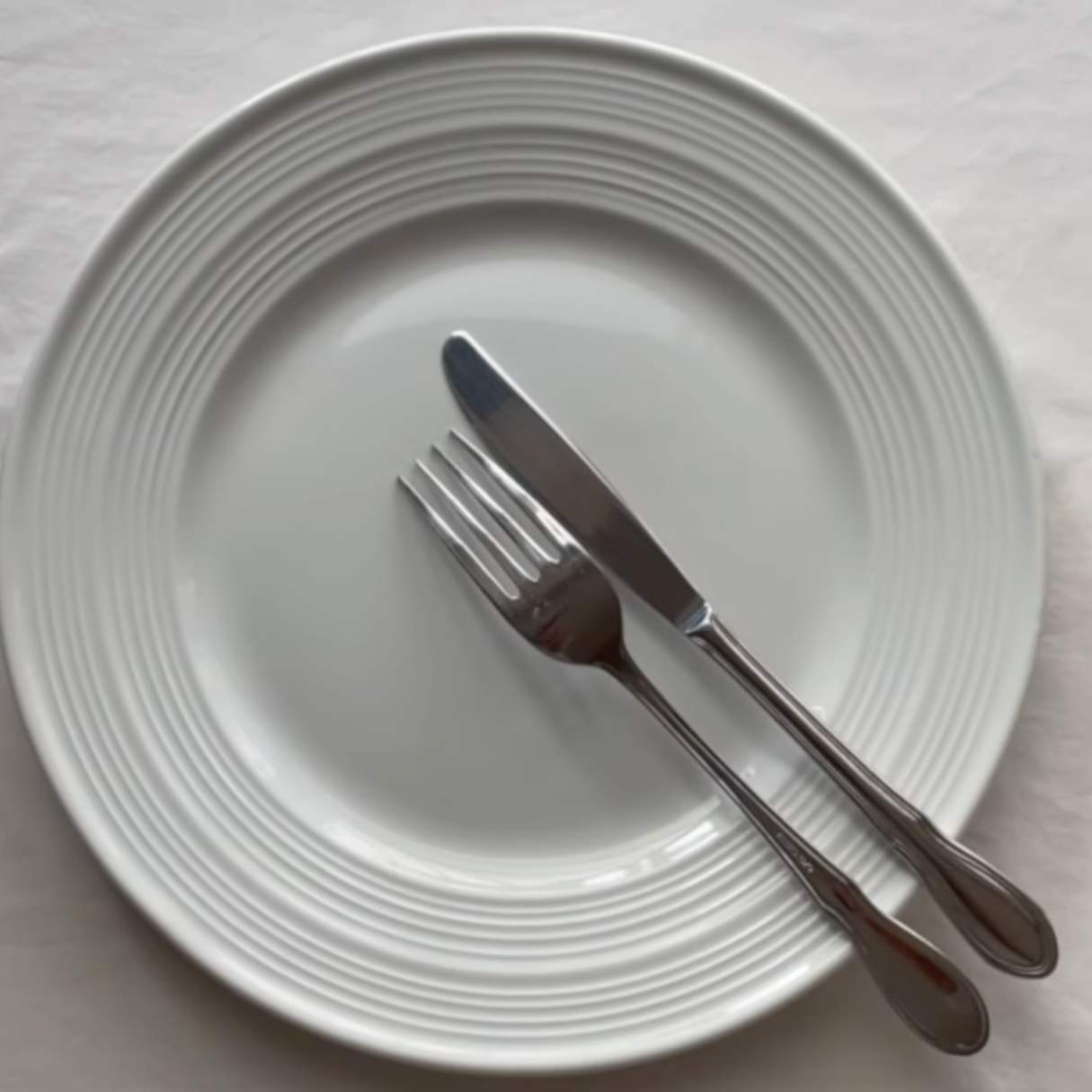

0 thoughts on “When Do Babies Use Silverware”